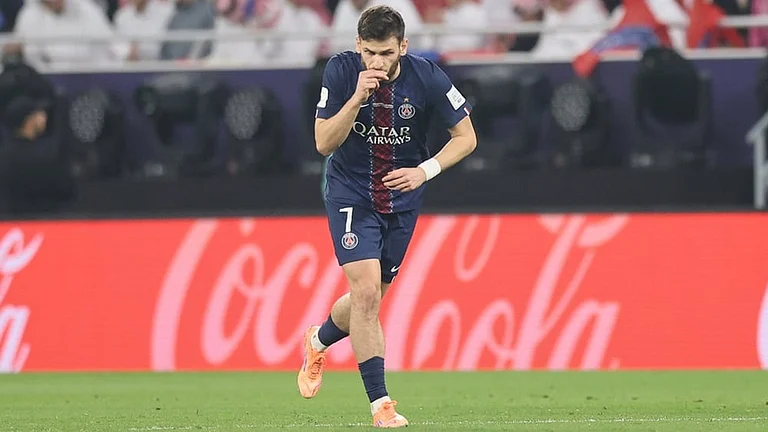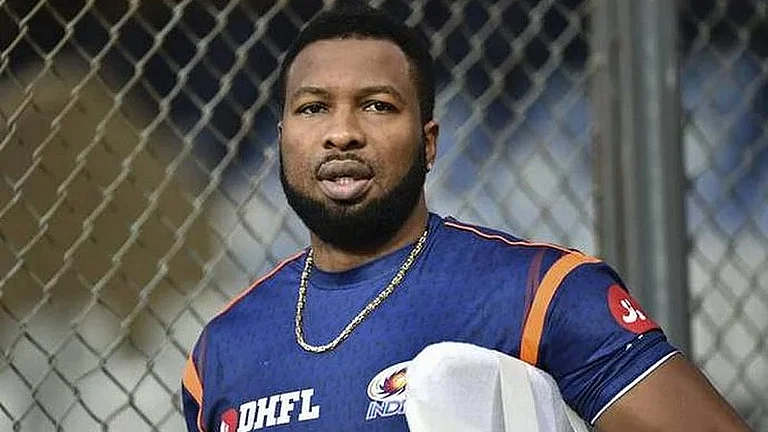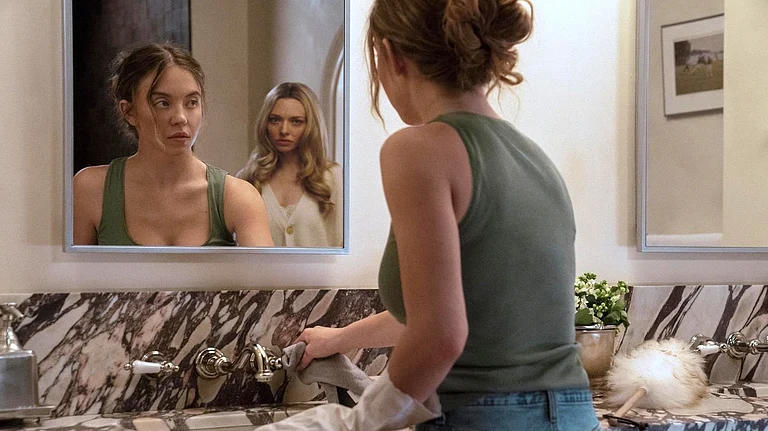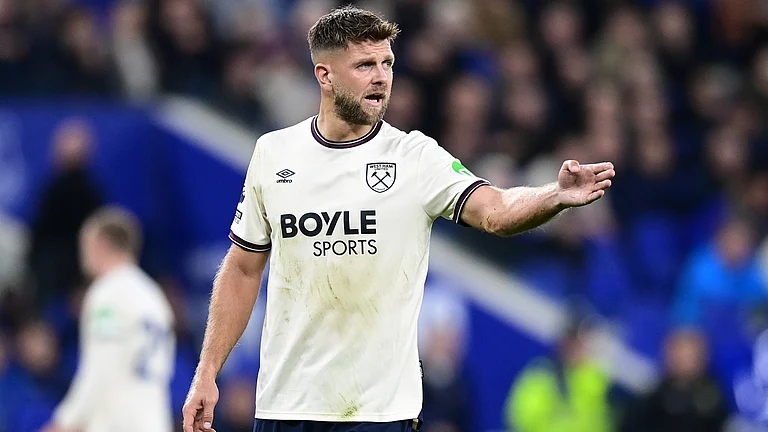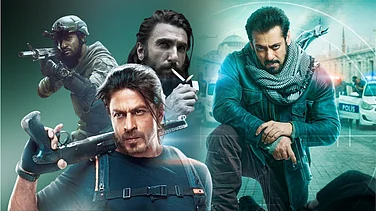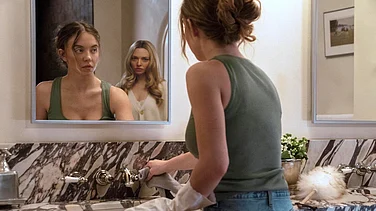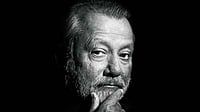A cinematographer shares the closest relationship with the director on a film set. The director’s vision is translated by the hand that holds the camera and yet precious little is known of the profession and the craft involved. In fact, even the most obsessive film lovers would struggle to recall the artists who have lensed the most iconic films of yesteryear. An R.D. Mathur (Mughal-E-Azam) or V. Babasaheb (Gunga Jumna), even Kamal Bose (Bandini, Devdas and Sujata) are not nearly as well-known as the directors of these films. The trivia-monger would probably point to Dwarka Divecha (Sholay), Subrata Mitra (Apu Trilogy) or Nariman Irani (Don) or Fali Mistry (Guide), but what about Kay Gee (Deewaar and Trishul), N. Satyen (Zanjeer, Sharaabi and Lawaaris) or the unbelievably prolific Dilip Mukhopadhyay, whose work spans from Subarnarekha to Joshilaay?
When it comes to craft and technique, directors have often been profiled, discussed and celebrated, but the cinematographer’s art remains a mystery, for the most part. In order to take a peek at their craft, we spoke to some renowned cinematographers, also referred to as directors of photography (DoP or DP). Where does a DoP’s job begin and end? To start with, the screenplay is the blueprint that every lensman vouches for. K.U. Mohanan, whose work covers the expanse between Mani Kaul’s Naukar Ki Kameez to Sriram Raghavan’s Andhadhun, says, “For me it is very important to read the screenplay page by page, not once but multiple times. When I’m shooting, I read the script and make my plan from scene by scene. It helps me have a clear plan for the film.” Priya Seth, the cinematographer of Airlift and Chef, avers, “I can’t imagine any other way of doing it, because I believe the DP is a co-author of the film and at the end of the day, if you are going to be a co-author you must know the script inside out. I read the script page by page. Everything comes and should come from a central place and to me, that is the script. That should be your guiding light.”

But is the screenplay always the blueprint? Swapnil Sonawane, who shot the recent Netflix rage Monica O My Darling and Sacred Games in addition to Newton, gives an interesting perspective. “The written word is extremely important not only for me but also for everyone involved. It is what everyone totally follows. But there are directors like Pan Nalin, who I worked with on Angry Indian Goddesses, and there was no script or screenplay. He tried to find a way of making this film where the actors get to know their characters more organically, rather than fall back on a script, and then he would come up with situations for them. You follow your instinct and you follow what’s happening in front of the camera. So to have actors in a similar situation was really interesting.”
An arresting voice in cinematography in the past few years is Jay Oza, who has filmed subaltern pieces like Raman Raghav 2.0 and Gully Boy and OTT shows Made in Heaven and Ghoul. Jay says he considers two things while getting into a project: the script and his compatibility with the director. “I try to read the material given to me before meeting the director. It helps me decide if the content excites me enough or if it’s a story I want to be a part of. But even if it’s a story that I really like, if I see that I am unable to commit to the director, we can’t tell it together. The director–DoP relationship is very crucial—it grows over time. There has to be scope for conversation, arguments and the ability to agree to disagree. Egos have no place in a collaborative art form.”

Most good films connect with the audience at an emotional level. Fans move in sync with the emotional beats of a character. The director and the writer are also emotionally connected to the characters they create onscreen. What is it for the cinematographer? Does the DoP need to be emotionally attached or do they need distance, in order to maintain some objectivity? Setu aka Satyajit Pande, who shot Kahaani, Dangal and Taare Zameen Par, decodes it, saying, “It is about emotions, given that you are dealing with an emotional journey of your main characters. You cannot be detached from the emotion of the character, because what the character is playing is part of the story. Character is essentially one of the ribs of the story. You have to be involved with it. It is your guiding point, tells you if someone is feeling happy or sad and there is a reason for it.”
Anil Mehta, whose filmography includes the likes of Lagaan, Hum Dil De Chuke Sanam, Rockstar, Highway and Badlapur, concurs, “I feel if the cinematographer doesn’t get the emotional context of the scene, they won’t be able to do justice while filming it. The state of mind of the characters is as important as how you have placed the props or painted the walls or, for that matter, lit the scene. At least for me, even camera movement or lensing follows from what the characters are feeling, and therefore, what kind of feeling I want to evoke through lighting, for instance.” Seth has her own unique take on this. She says, “I find that there is a limit up to which I’ll get involved whether it is with the actor or the character or in that process, and I keep drawing myself out of it. If everyone is so wrapped up in that same story, nobody is going to be objective, which is why outside editors are so important. I can look at it from outside and say when this is not ringing true. But if I’m so involved in the whole process, I will find justification as to why to make it work, so I find that a little distance is important.” She doesn’t like hearing the dialogue when she is shooting. The sound person would offer headphones so that she can hear the words, but she wants to judge the scene through her eyes, not her ears. “If I can hear it a little bit in the distance, it is fine. I want to be able to judge the emotion of the scene from the visual and not from the dialogue. From the expression and from what the camera is trying to do. The moment you have dialogue, you contaminate the process.”
Ultimately, the business of a cinematographer is to play with visuals, colour and light and find the best way to say what needs to be said. One of the most crucial components of the process is to decide the look of a film. Every film has distinct colour palettes, for instance. Though as audience we might not be conscious of these unique colour palettes and tints, they impact the viewing experience at a subconscious level. How do you decide the look of a film which is set in the 13th century? Sudeep Chatterjee, Sanjay Leela Bhansali’s comrade-in-arms in some of his recent films, was the creative force behind recreating the opulence of Padmaavat or Bajirao Mastani. He explains, “When I read something, a visual comes to me. When I read a script, I see the film in my head. Whatever comes to my mind, I share with the director. The rest is a process of collaboration and agreeing and disagreeing and finally landing up with something. There are certain parameters, for instance, if the story is set in 13th-century India where the Khilji dynasty is taking off—there are certain preconditions; you see it in a certain way based on your historical references. A lot of it is also the screenplay. It tells you that this is a very dramatic scene you’ve to set in this location, so let’s go very dark in terms of costume palette. Those are dramatic calls you take while deciding the look.”
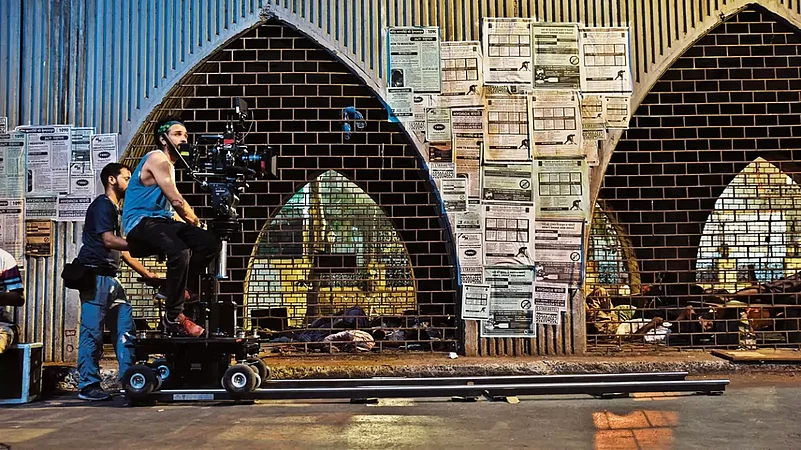
But there are no set rules. The look or colour tones may change through the course of the same film. “None of this is written in stone”, Setu explains. “During the first half of Dangal, they are in the village. Mahavir Phogat is teaching his kids how to wrestle, and we see them running around in the fields. The primary two colours in Dangal in the first half were brown, the colour of mud, and white, the colour of the sky. I never shot any sequence in the first half of the movie where the sky was blue. We always shot in back-light to get a white sky. If you see the girls’ costumes, we had bleached them to desaturate the colour. To give it a more earthy feel, we wanted the floral designs and patterns on the dress, but we didn’t want it to be a screaming colour. So, Phogat is wearing white, off-white and cream throughout the film. I can’t give him grey or black to wear, because people in Haryana don’t wear those colours. That is another huge consideration you need to keep in mind. In your enthusiasm for creating a palette, the film shouldn’t look like it belongs somewhere else, in terms of colour, costumes, lighting, everything. If I start skimming the sun and make it soft and try to make it look glamorous, it’s not going to work in the North during the summer. So, while the first half of Dangal has a very earthy look, the second half suddenly becomes fluorescent, because she has moved to the training academy in the city. The mat, which was mud earlier, now becomes a blue artificial surface and the light creates a fluorescent tube-lit atmosphere. This colour and the palette shift come from the story.”

Besides light, which is a cinematographer’s greatest ally, colours and colour palettes are important tools to convey different moods, situations and character traits. In Lagaan, Mehta used it to great advantage, utilising very specific colour tones to tell the story. “The story belonged to a certain period. The whole film is about how crops have failed, how the monsoon has failed, how arid it has become and how they still have to pay taxes—that is the crux of the drama, right? We were very clear from the beginning that in this film we have to avoid greens. There should be no greens and there should be very little—both suggest vegetation and water. So, we were going to work with brown and scouted locations like that. This lack of colour in Lagaan was also to indicate that they are not so well off.”
In the middle of the arid landscape, they found cactus green, which had to be sprayed with mud, so that the green did not pop up. When they started filming, they felt that this might become too monotonous and decided to add some colour. He recalls the conversation he had with director Ashutosh Gowariker on the set. “When we did ‘Radha kaise na jale’ song, which is on Janmashtami, a festive occasion, Gowariker said, ‘Okay, we’ll take that leap and let’s give Bhuvan a coloured kurta and the girl also comes in a yellow sari.’ The colour started coming into the frame in these limited ways.”
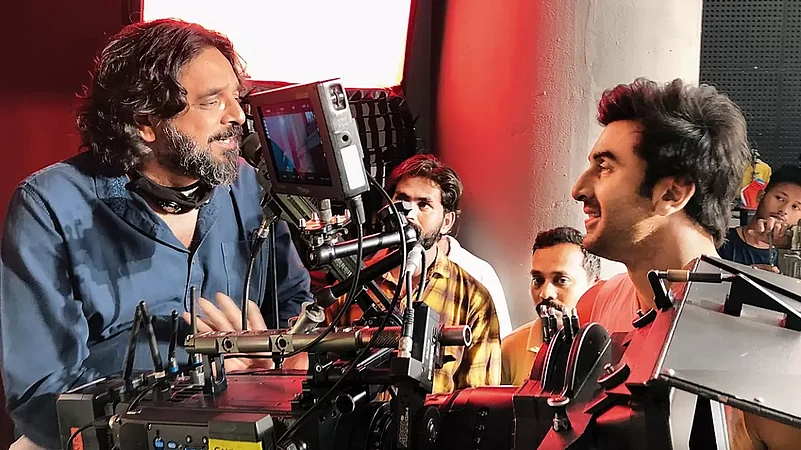
For most cinematographers, the director is the one they fall back upon time and again. Reminiscing on his association with Amit Masurkar, the director of Newton, Sonawane says, “I am interested in doing things differently every time I’m working on a project. But my own experience is limited. So, the only place that I know I can draw from is the director. Even though I’m behind the lens, the way Newton looks is purely because of Amit. Take him out, Newton would have looked very different.” Sudeep Chatterjee, who has worked with directors like Bhansali and Srijit Mukherjee, adds, “Who I am working with always plays in my mind, because I’m essentially shooting the film for somebody. Here, I’m trying to bring somebody’s vision into the screen, so their aesthetics, their way of filmmaking is important to me. The choices you make are often based on their own individual approach, unless the director tells you, ‘You know what, this is what I’ll do, but let’s see what you come up with!’ That kind of thing I’ve not seen with many directors except Bhansali. He is somebody who is really interested in what is on your mind. He never gives out what he has in his mind initially.”
Mohanan had in his early days wielded the camera for art house maverick Mani Kaul. When he was lensing the action behemoth Don (2006), was Kaul messing with his head? In other words, did he have to unlearn what Kaul taught him? “No, not at all. Unlearning is not possible with that kind of learning. You can see his training the way I light and take my shots. It is a whole different aesthetic and has a lot of influence on what I believe about cinema and cinematographers. In fact, Kaul saw the film and quite appreciated it.”

In an industry which is star-centric, how does a DoP deal with actors? How much do they interfere? “Stars are very bright and perceptive people, and they can tell whether you are doing it right or not. I was shooting a promotional song with a leading actress in a recent film. Everything went well until she saw a review of a steadicam shot. She told me, ‘Look at this. This is not looking right.’ I know what she meant, so I had to tweak my lighting to make it look right,” says Mehta.
An actor can be insecure about the way he or she looks, believes Chatterjee. Sharing an anecdote, he says, “As a director of photography, it is also your job to make everybody comfortable and confident. Again, it all depends on the director or producer you are working with. I once shot a song with an actress. There were a lot of silhouettes and strange angles, and when the person who had shot the film saw the song, he said, ‘Dada, how did you manage to convince her to shoot silhouettes?’ So that is what you do. You gotta handle it.” Oza recalls the very first day of shooting of Raman Raghav 2.0, “The first scene of the day was the monolgue of Nawaz (Nawazuddin Siddiqui) during the police interrogation. Anurag (Kashyap) was like, ‘I want slow tracking.’ He did the breakdown. We started with the tracking shot. After the first take, I was blown away by his performance. I just had to make sure I exposed the man right.”
A cinematographer’s primary responsibility is to paint the director’s vision with light. It is the cinematographer who first ‘sees’ the film and we in the audience view the story unfold through their ‘eyes’, the camera. They are artists and craftsmen of the highest order and are as involved with the process of visual storytelling as the director is.
At the recently concluded International Film Festival of India in Goa, Mehta presided over a master class with a room full of energetic film students and journalists. One of them asked cheekily, “How do you perceive light?” Mehta laughed aloud and said, “The fact that light has perceived me as its carrier is enough for me.” The auditorium erupted in applause.
(This appeared in the print edition as "Behind The Lens")
(Views expressed are personal)
Amborish Roychoudhury is a national film award-winning writer, biographer and film historian








